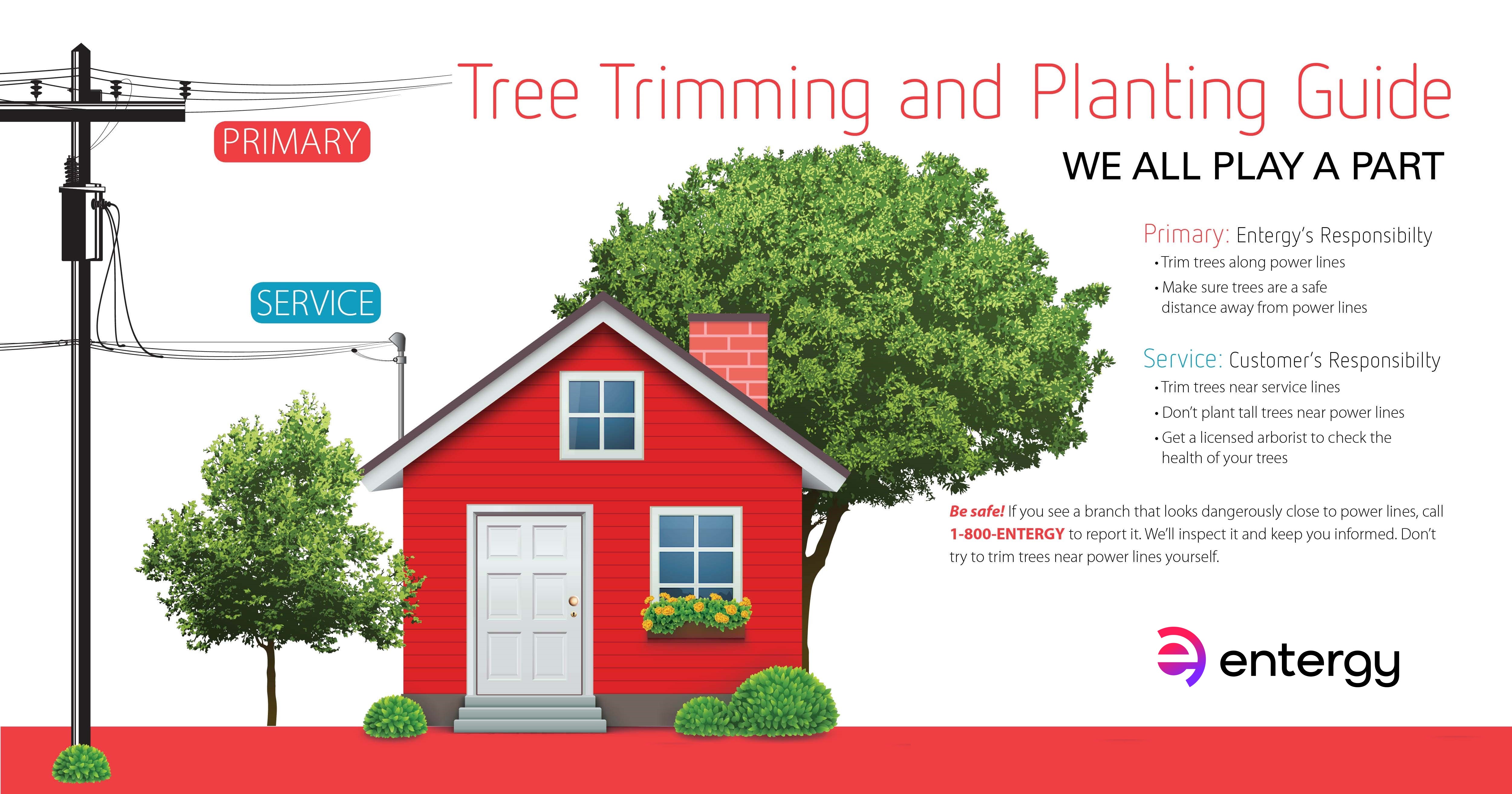Indicators That It Is Essential To Eliminate A Tree - A Manual For House Owners
Indicators That It Is Essential To Eliminate A Tree - A Manual For House Owners
Blog Article
Short Article Composed By-Kehoe Lester
Trees include beauty and worth to property, but they can additionally posture a risk throughout severe weather condition events. If a tree has actually quit growing, is displaying noticeable fungal development, or has a leaning trunk, it ought to be eliminated by a professional to avoid residential property damages and injury.
For more information, attend a homeowner resource reasonable co-hosted by HPD, the Facility for NYC Neighborhoods, and Brooklyn-based housing partners this night in Bedford-Stuyvesant. The event will include the House owner Handbook, a new overview to aid homeowners navigate the obligations of possessing a home.
1. Dead or Perishing Branches
Trees are an important part of your home's landscape, supplying shade and appeal. They likewise give sanctuary for wild animals and create oxygen, but even healthy and balanced trees can experience illness that might demand their removal. Dead or dying trees aren't just unpleasant, they can be hazardous. please click the following article can fall throughout a storm, bring about expensive residential property damages and injuries.
When a tree's branches start to pass away, it implies that its framework is beginning to break down. If the majority of its branches are dead, it is likely time to remove it.
Seek an absence of new growth, bark peeling, open wounds or cavities, fungi growing on the trunk or origins and a general appearance of decay in the entire canopy. These indications of infection can show a significant problem that will need specialist tree services to fix.
2. Leaning ewan garden
While it's typical for trees to lean once in a while because of phototropism, if a tree has a dangerous or serious lean that's not as a result of natural processes - it could be an indication that the tree requires to be gotten rid of. If the tree is favoring a power line, home, car, play structure or any other location that could be harmful to people if it drops, then contacting a professional tree service for elimination should be a top concern.
It's likewise vital to expect any type of sudden changes in a tree's leaning as it can show damage to the origins or trunk that may lead to falling. growth' is specifically real during thundercloud, considering that high winds and rain-soaked soil can trigger a lean to alter quickly. Routine tracking, particularly throughout and after tornados can aid homeowners acknowledge prospective issues with their trees so they can call an arborist for a comprehensive evaluation.
3. Bug Invasion
Some pest invasions, such as wood-boring pests like emerald ash borer or sap-suckers like scale insects, are so extreme that they can create a tree to die. The very best means to stop pest problem is to check your trees on a regular basis. Look for spots, holes, or stainings in the leaves and bark. Check out the trunk for splits and indications of insect damages, such as passages or tracks.
If a tree becomes as well ravaged with bugs, or is close to a home or power lines, an arborist might advise removal. If a leaning tree creates a brand-new, unpredictable lean, an arborist will likely advise elimination also to guarantee the safety of people and home. If a weakened or dead tree continually sheds extreme branches, it is an indicator that it is time to remove the tree. If a tree remains to drop branches for an extensive time period, it might result in architectural troubles and possible building damages.
4. Harmed Trunk
Trees are a gorgeous and fundamental part of our landscape, yet they do require regular care to maintain them healthy and safe. If a tree is damaged irreparable it is most likely time for it to come down.
Seek indications of damage to the trunk, including upright cracks, joints, dead branch stubs, visible injuries or open tooth cavities and serious tree-rot. The presence of fungis at the base of the trunk is another advising indicator. Fungi may suggest that the phloem and xylem (life-support tissues) are compromised, enabling the spread of condition or a future failure.
Likewise, think about whether the tree has quit expanding. Healthy trees will certainly have new development each year, which might show up as buds or branches sprouting and extending. If you do not see any kind of new growth, it's a good idea to have an arborist assess the tree and follow their suggestion for removal. A dying or damaged tree can fall and trigger property damages.